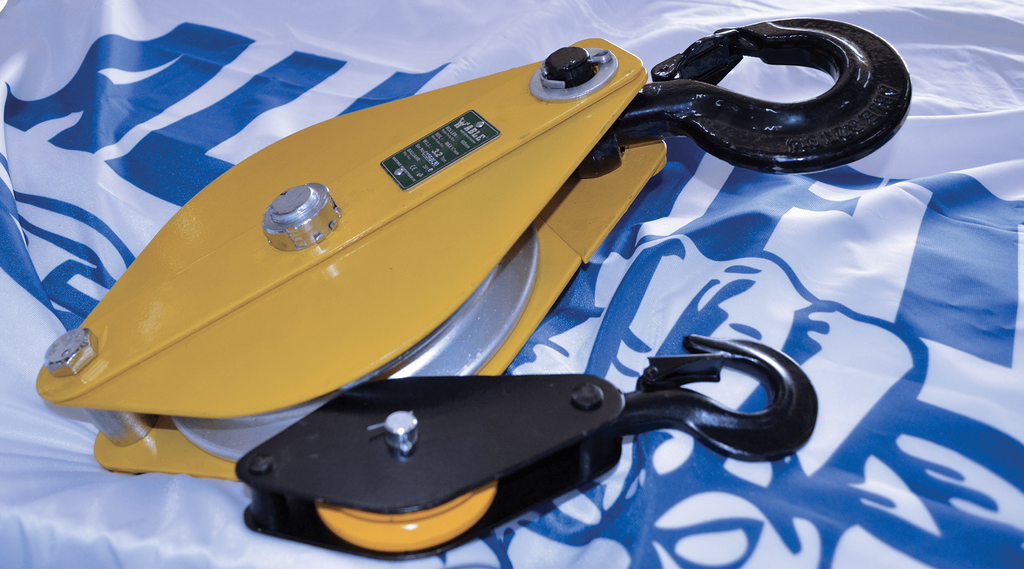kevman65
Hooked
The difference between recovery and lifting is that when lifting, any projectiles will be primarily up and down whereas they will be primarily horizontal during a recovery and also directed toward where people are most likely to be.
No, the difference between the two is that 97% of the people on a job that are rigging know what they are doing and will YELL at the numbskull assembling incorrectly.
On the trail, it probably drops to 10%-15% that truly know how to rig.
What everybody danced around was, if you use the weighted saddle/bag like you're supposed to it's all moot because if something fails, it all hits the ground.
Like I said before, use a Crosby 3/4" shackle, you know what it's rated for and it's guaranteed. Soft shackles and off brand cutsie shackles are both a guess.

